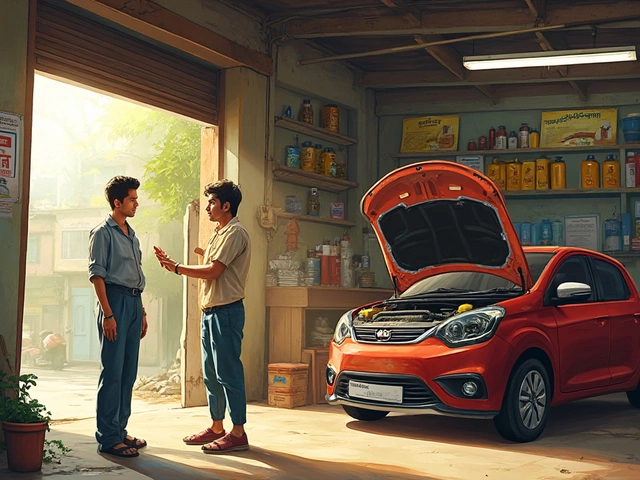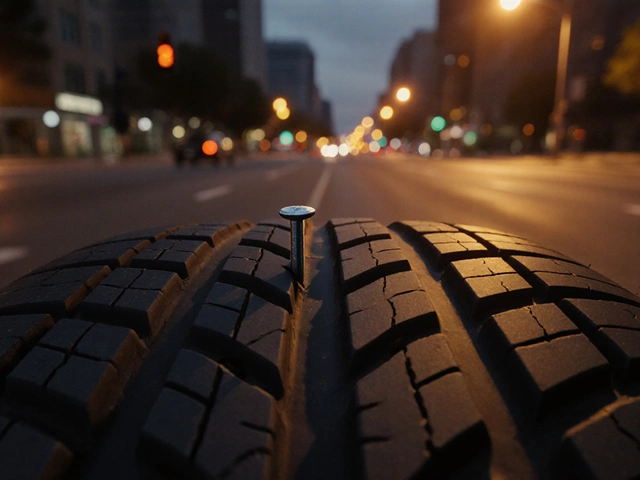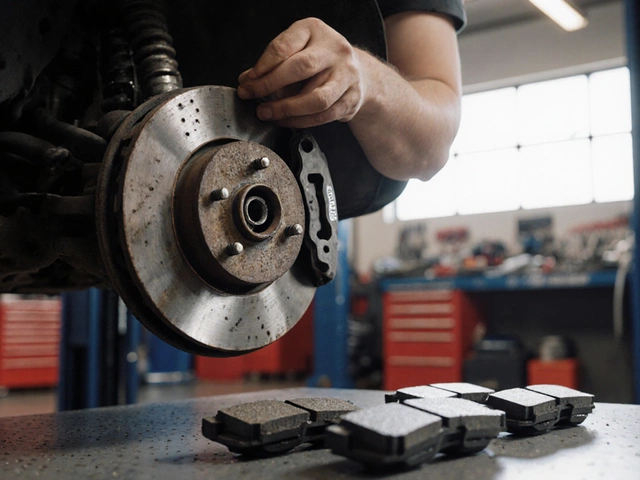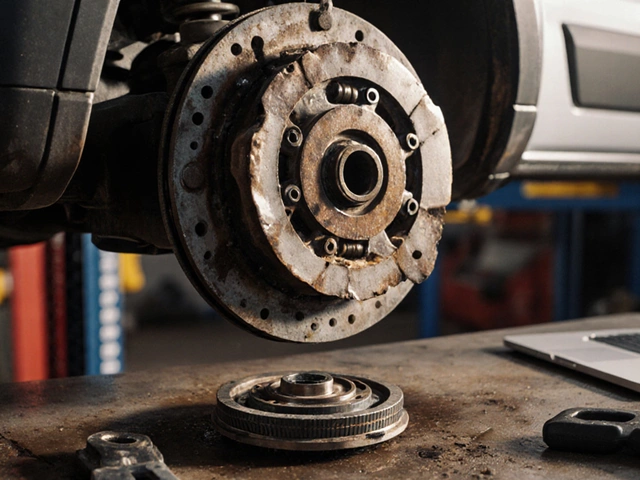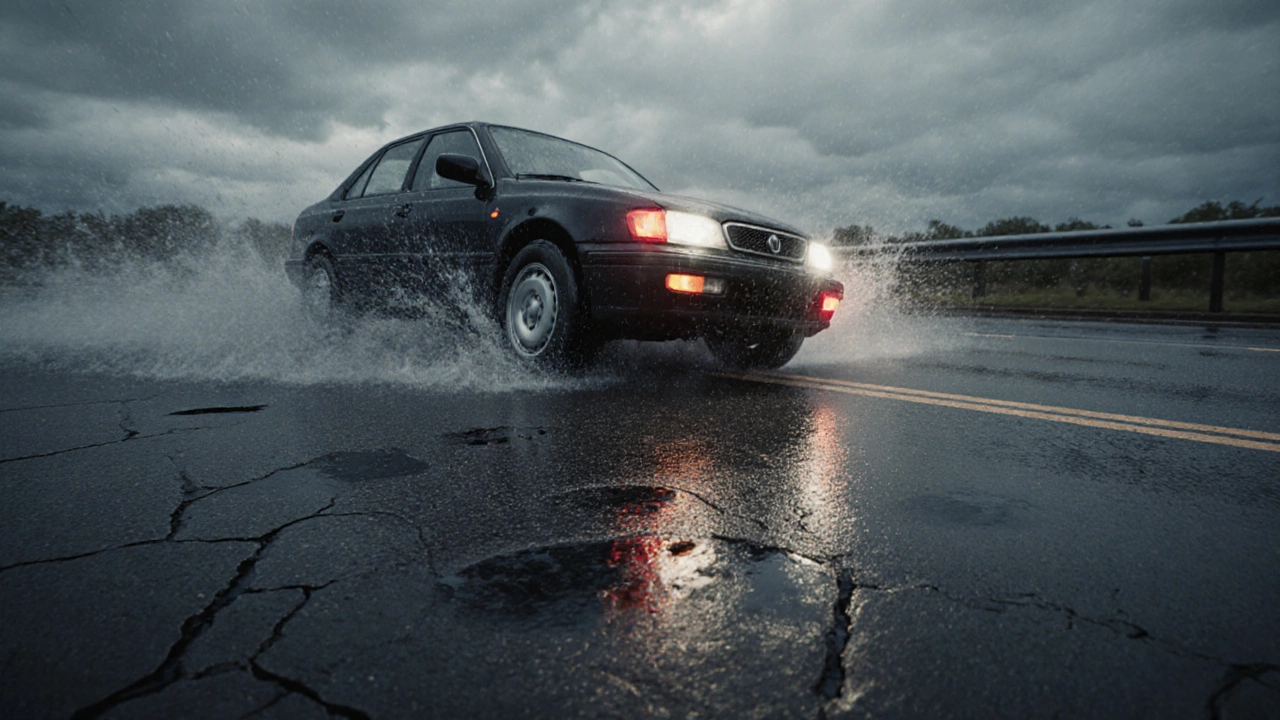
Car Handling: What Affects It and How to Improve It
When you talk about car handling, how a vehicle responds to steering, braking, and road conditions. Also known as vehicle dynamics, it's not just about how fast you can go—it's about how confidently you can stop, turn, and stay in control. Poor handling doesn’t always mean your car is old. It could be worn brake pads, the parts that clamp down to slow your wheels, or tires that lost their grip from age or wrong pressure. Even a slightly bent rim or uneven tire wear can make your car pull to one side, making turns risky.
Suspension, the system that connects your wheels to the chassis and absorbs bumps is the silent hero of good handling. If your shocks are worn out, your tires won’t stay flat on the road, especially when cornering. That’s why you hear clunks over bumps or feel like your car bounces too much—it’s not just noise, it’s lost control. And don’t forget the clutch, the link between engine and wheels that lets you shift gears. A slipping clutch doesn’t just make acceleration sluggish—it throws off weight transfer, which changes how your car behaves in turns or during hard stops.
Most people think handling is about tires or power, but it’s really about balance. A car with perfect tires but bad suspension will feel floaty. One with a new clutch but worn brake pads will take longer to stop, increasing the chance of a skid. And if your tires are bald or mismatched, no amount of fancy driving will save you. The posts below cover exactly these connections: how worn brake pads affect stopping distance, why suspension noise means trouble, how clutch wear changes your car’s feel, and when a flat tire isn’t just an inconvenience—it’s a handling hazard.
You’ll find real-world checks, cost breakdowns, and signs you’ve been ignoring. No fluff. Just what you need to know before your next turn, stop, or highway merge.
-
21 Nov

